How to Make a Used Car Look Like New
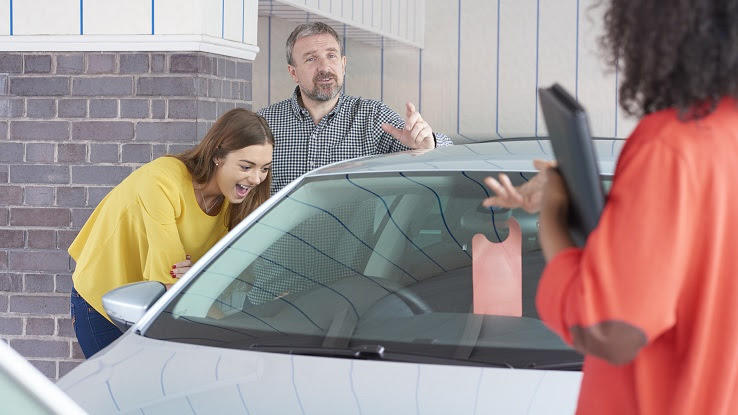
Whether a car is old or new, having a car insurance policy is a necessity. Sometimes used cars are purchased from individuals rather than dealerships, which can require more of the buyer's participation in the process of transferring the title, including insuring the car. This extra step leaves some used car owners confused about how to get car insurance for a used car.
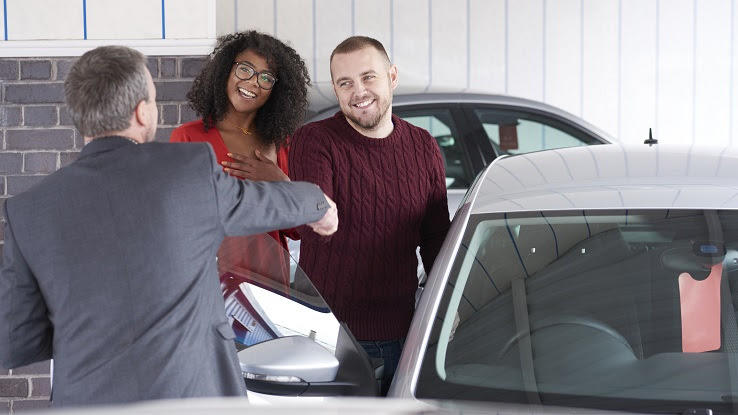
The specific requirements of car insurance for a used car depend on both the state the owner of the car resides in and whether or not the car is financed. With only two exceptions, the majority of states require all car owners to carry liability insurance on each car they own. Liability coverage protects other parties if the policyholder is responsible for damage, but it does not offer any protection for the policyholder. Each state has its own minimum coverage standard for liability. The minimum coverage may be $10,000 in one state and $25,000 in another, but this minimum is usually far less coverage than insurance professionals recommend.
Usually, a car owner who uses an auto loan to purchase a car will need more than basic liability coverage. Lenders require full coverage, which includes comprehensive, collision, and liability coverage. The combination of all three coverage types protects the driver in an accident regardless of who is at fault, and in other specific scenarios that can result in damage to the vehicle. Lenders know that their chances of collecting the rest of the debt dramatically decrease if the car is destroyed, because there is no longer collateral to repossess. That is why lenders want used car owners to keep the car insured for the life of the loan.
How to Buy Insurance for a Used Car
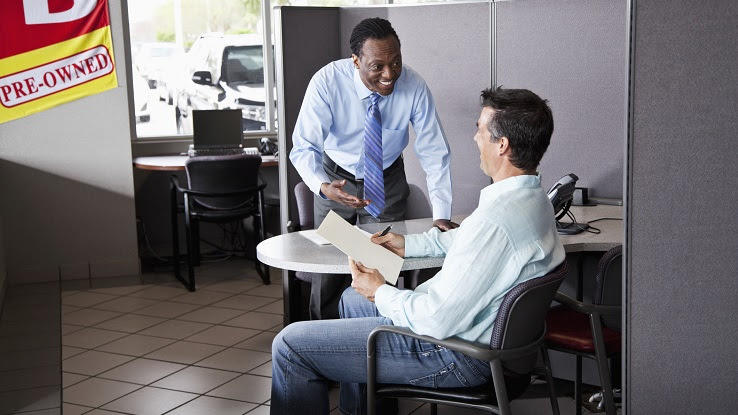
Insurance companies will offer quotes and even extend insurance to an individual before that individual has a car. If you are thinking of purchasing a used car, you need to start the process of getting insurance at the same time, if not before purchasing the car.
This processing can start by calling or walking into a local insurance office. An individual can also start the process of getting coverage online by entering their information into an online application on an insurance company's website. There are even consumer service websites that allow a person to receive quotes from several insurance companies at one time.
To complete the process of receiving a quote, a potential car buyer may need to plug in the year, make, and model information for the car they're buying. It is ok to guess based on the type of car you plan to buy if you do not own a car yet. However, be aware that the actual price of your car insurance policy may change based on the car you end up purchasing.
If you already own another car with an active insurance policy, the process is much simpler. Once the car is purchased, call the insurance company to add a new car to the policy. If you plan on getting rid of the old car, remove that car from the policy once you no longer own it.
New Car vs. Old Car Insurance
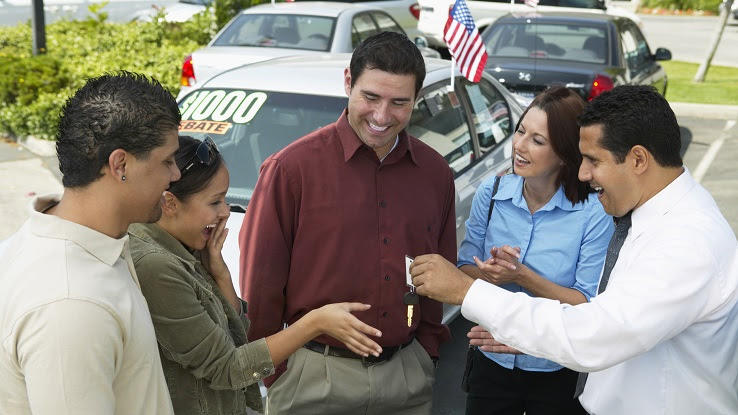
Car insurance is based on statistics associated with the car. One part of the equation is the price of the car. Used cars usually equate to cheaper insurance policies because they are typically cheaper for the insurance company to replace if the car is totaled.
There are outliers to the rule. Some older cars are antiques, which cost far more than the average new car. Often, these need add-on policies to cover the full value of the car. Non-antique older cars can also be of a make and model that insurance companies charge more to cover. For example, if the parts are hard to find or the car is statistically associated with poor driving habits, insurance on a cheaper older car may still be comparable to a newer car.
On the other hand, car insurance companies are also concerned with statistics regarding safety. Drivers who own cars with newer safety features like back up cameras and higher crash safety scores have cheaper insurance.
Do You Need Insurance Before You Buy a Used Car?
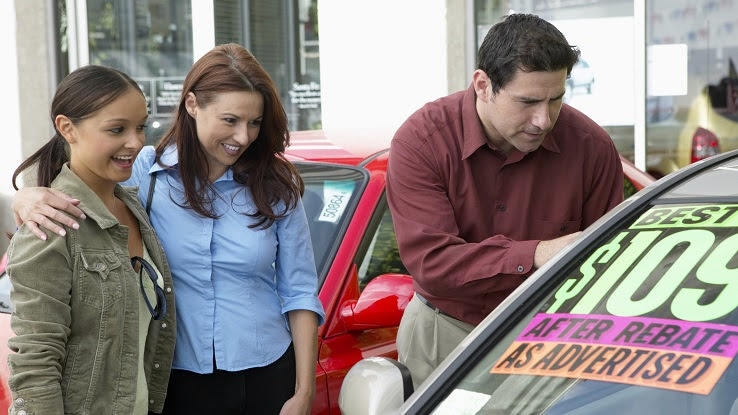
Although some states recognize a 7 to 30 day grace period for getting a newly purchased used car insured, it's best to get car insurance before you buy the car.
Insurance is more than a good thing to have or something that most states require. Insurance is a protection for the car owner. Anytime you enter the roadway, you take a risk. The best drivers can still get into a car accident, and car accidents can cause expensive damage to both people and property. Most people cannot afford to be personally responsible for another person's medical bills in the event of an accident. Spending all of your savings on a used car only to see that car destroyed in an accident within the first week of buying it is devastating. Without insurance, this event would mean that the person would lose both their savings and their means of transportation. With insurance, the person could receive some form of compensation (although it may not be as much as they paid for the car.)
It is possible to get insurance before purchasing a car. An official insurance policy must be attached to a specific VIN. However, the process can start before settling on a car. If in the final stages of purchasing a car, many insurance companies will allow a used car buyer to add a car to their insurance policy before officially having the title. As soon as possible, add a newly purchased used car to an insurance policy. The process is as simple as calling a 1-800 number and supplying the VIN. Insurance companies have the means to send immediate electronic proof of insurance.
Car dealerships and loan companies want to see proof of insurance before completing the sale of a car. While private sellers may not care whether the buyer is insured, it behooves the buyer to have insurance coverage before putting the key into the ignition.
MORE FROM ASKMONEY.COM
How to Make a Used Car Look Like New
Source: https://www.askmoney.com/insurance/car-insurance-used-car?utm_content=params%3Ao%3D1465803%26ad%3DdirN%26qo%3DserpIndex
0 Response to "How to Make a Used Car Look Like New"
Post a Comment